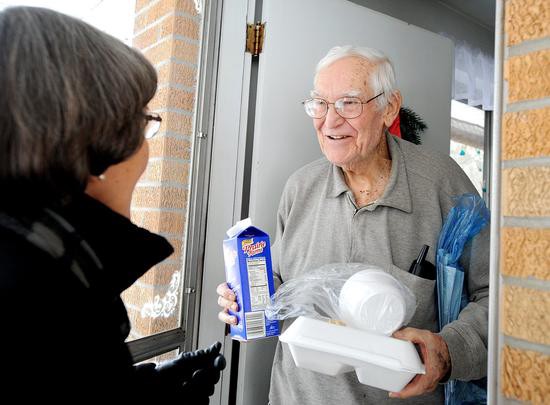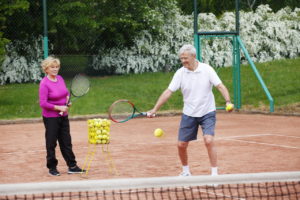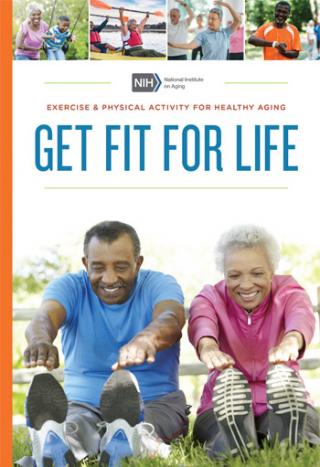
Following President Biden’s announcement calling on Congress to put $400 billion toward expanding access to quality, affordable home- or community-based care for aging relatives and people with disabilities, the House Democratic Caucus Task Force on Aging & Families (TFAF) leadership released the following statement:
“Quality, affordable health care should be accessible to every single American whether they’re able to travel to receive treatment or require care in their own homes,” said the House Democratic Caucus Task Force on Aging and Families. “There is a crisis in caregiving that has plagued seniors, families and health care workers alike for too long, since before the COVID-19 pandemic began. Too many families and caregivers – predominantly women – feel unseen as they struggle to provide for the health, safety and dignity of their loved ones. Today’s announcement is an acknowledgment that House Democrats and the Biden-Harris administration see you and that help is on the way.
“This investment of $400 billion into the care economy will make home care more affordable, accessible and dignified. It is particularly crucial for workers and families that President Biden has a plan to ensure that home health care providers have a pathway to good-paying jobs with union protections, as we know that when we support our caregivers and provide them with a better quality of life, the quality of care rises as well.
“This investment represents the beginning, not the end, of our collaboration with the Biden administration to support the workforce that empowers older Americans and people with disabilities to live in their own homes and communities.”
President Biden’s American Jobs Plan for improving the caregiving industry includes:
- $400 billion for expanding access to home and community-based services (HCBS).
- Extending the longstanding Money Follows the Person program that supports innovations in the delivery of long-term care.
- Supporting well-paying caregiving jobs that include benefits and the ability to collectively bargain.
- Building state infrastructure to improve the quality of services and to support workers.
Vice Chair Debbie Dingell (D-MI), Co-Chair Conor Lamb (D-PA) and Vice Chair Ayanna Pressley (D-MA) led a letter with 108 of their colleagues to President Joe Biden and Vice President Kamala Harris reiterating the importance of including home- and community-based services (HCBS) in the Build Back Better infrastructure package. A copy of the letter can be found here. The Task Force on Aging and Families has advocated for the importance of HCBS for families throughout the pandemic, including in its April 2020 principles for protecting the health and dignity of older Americans amid COVID-19.



